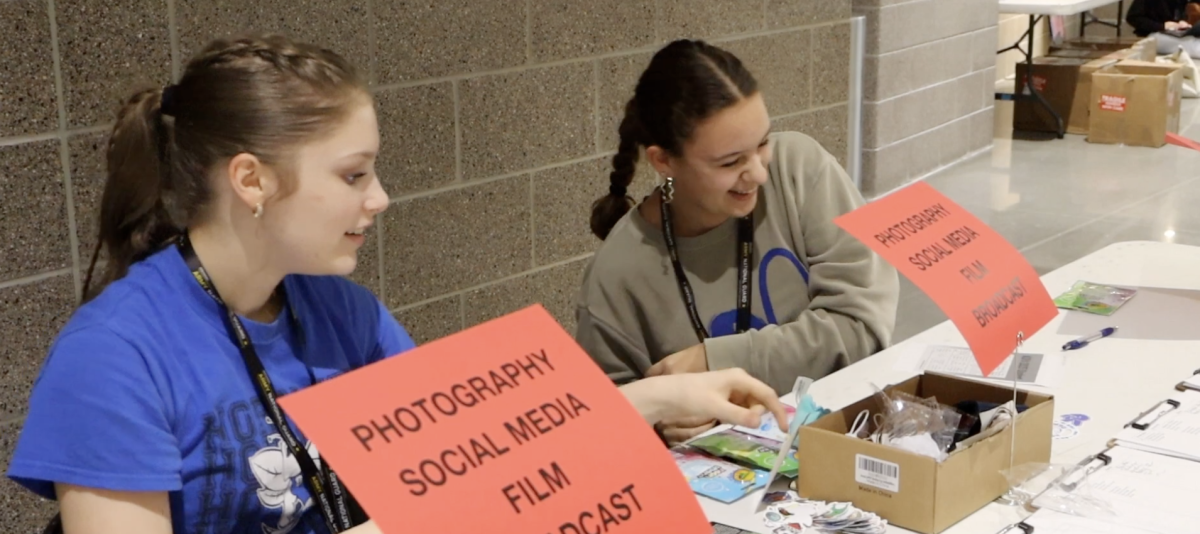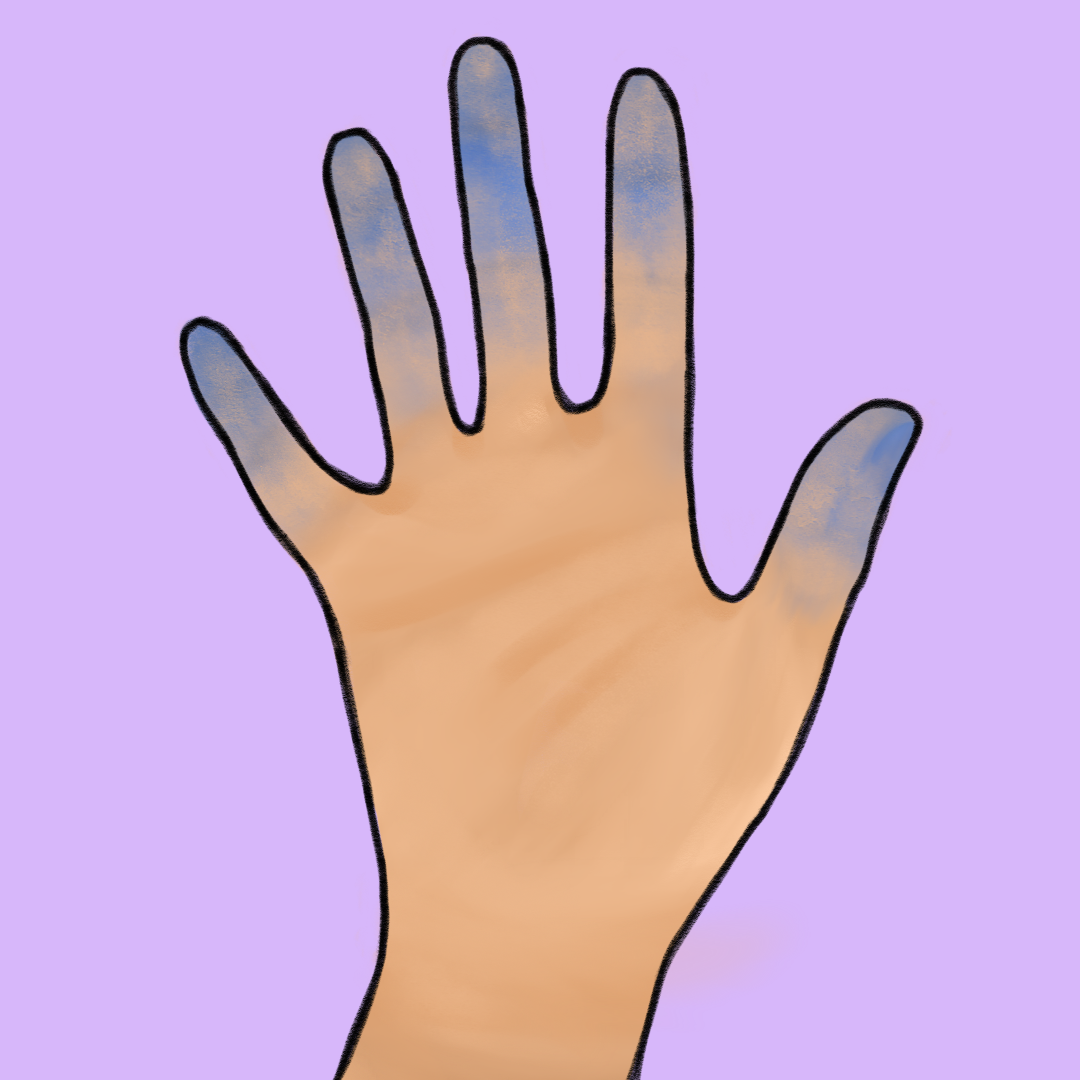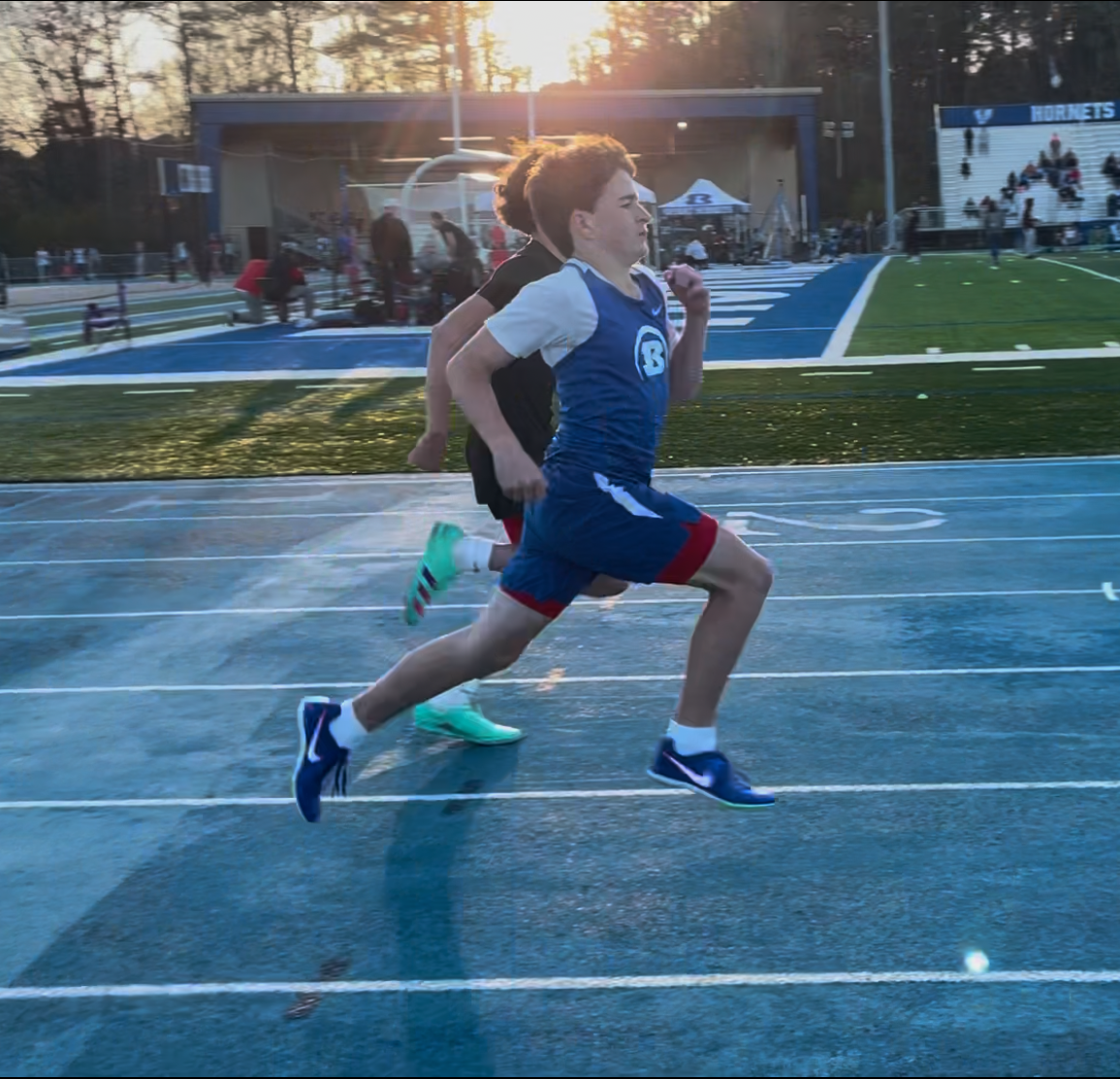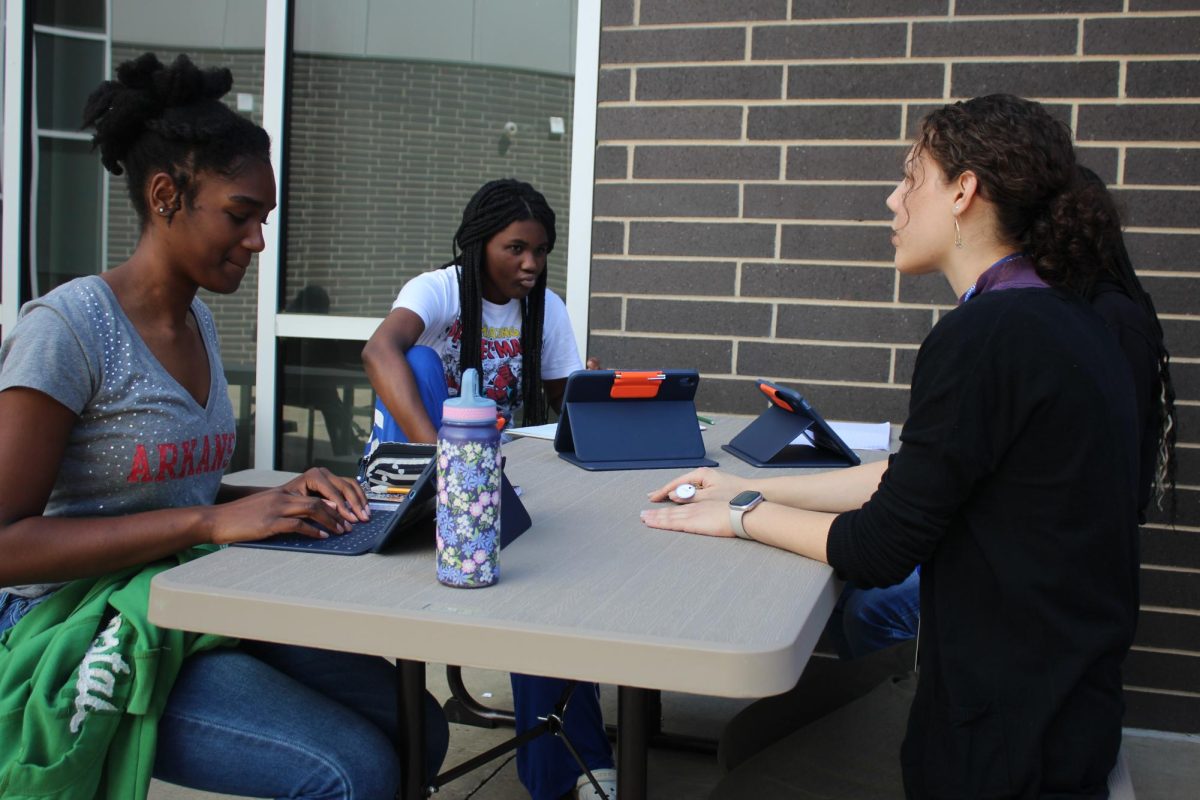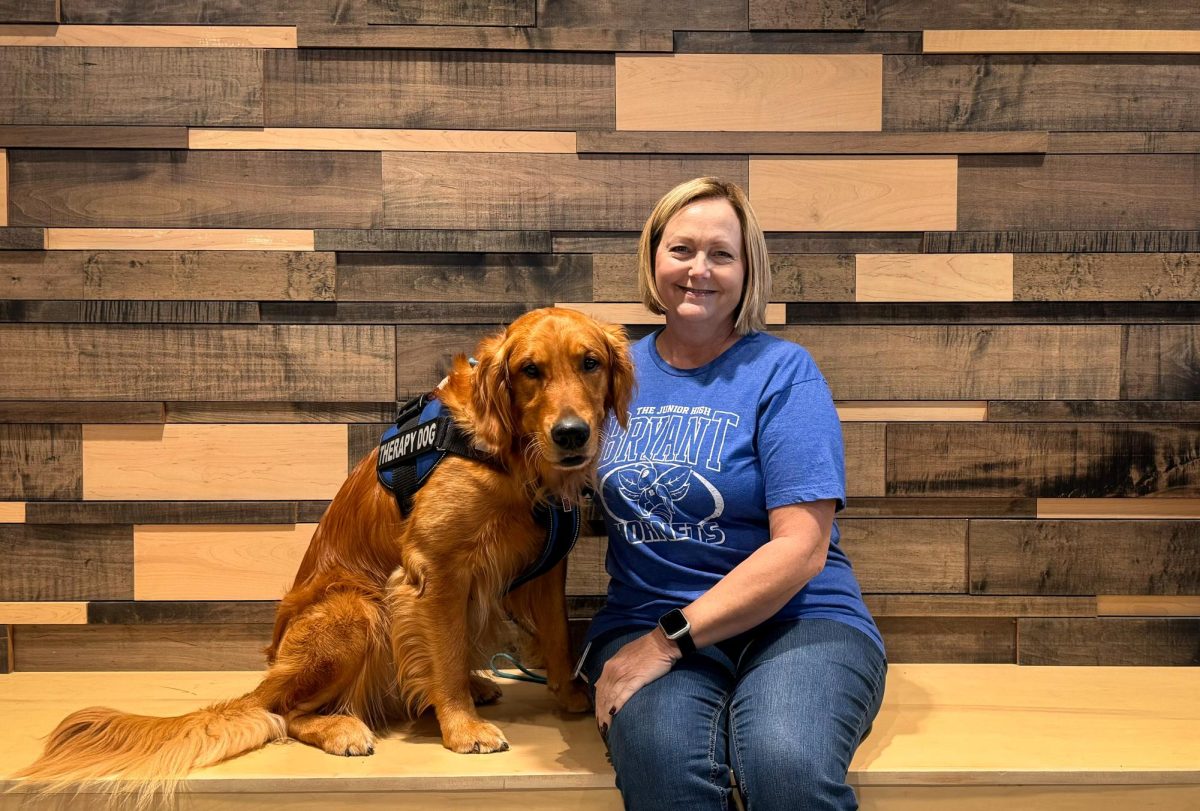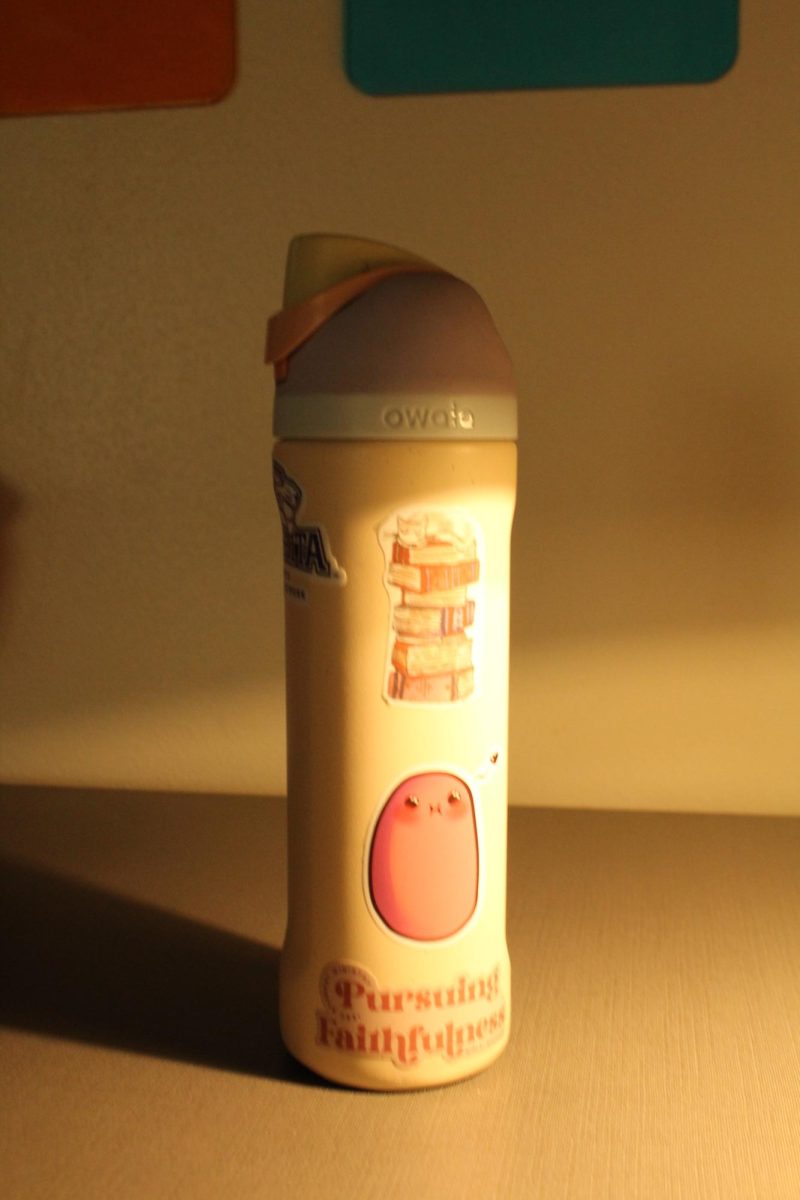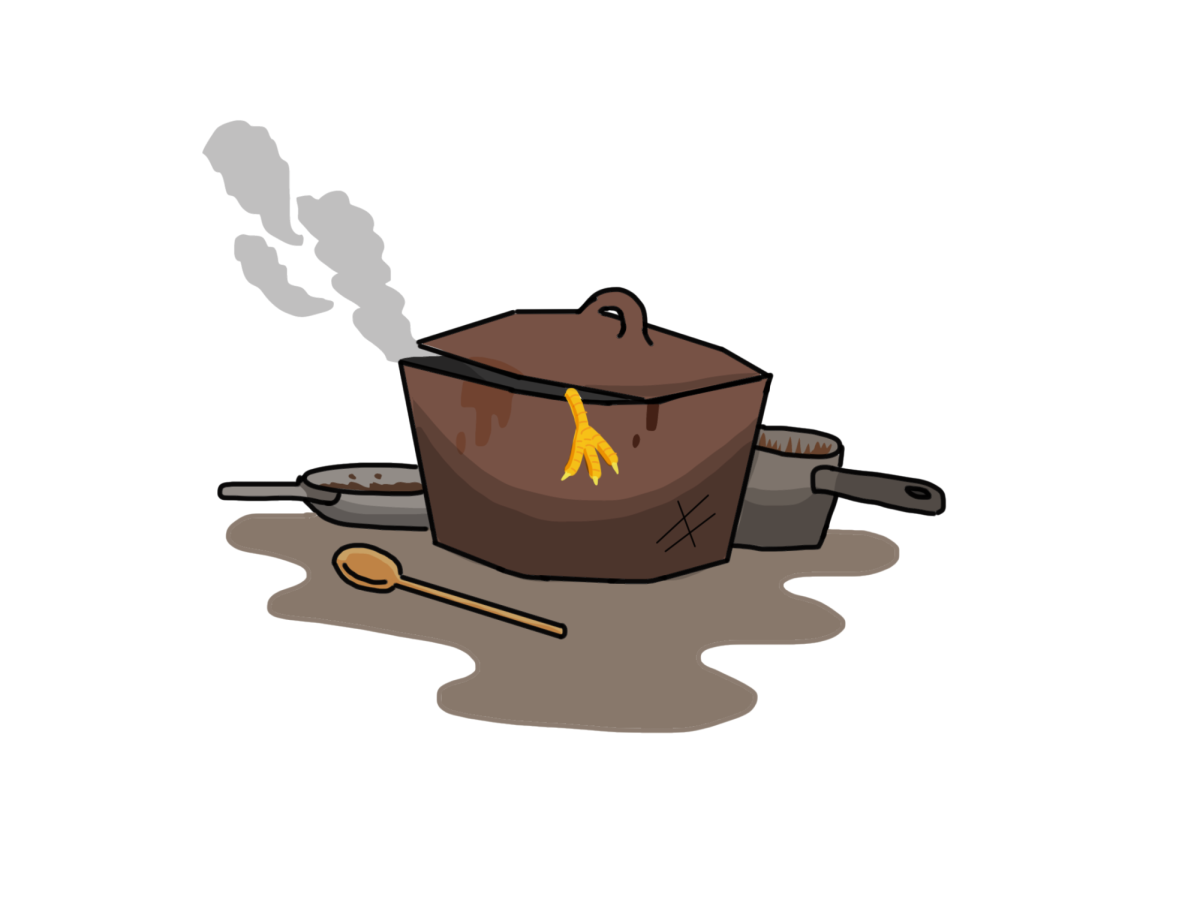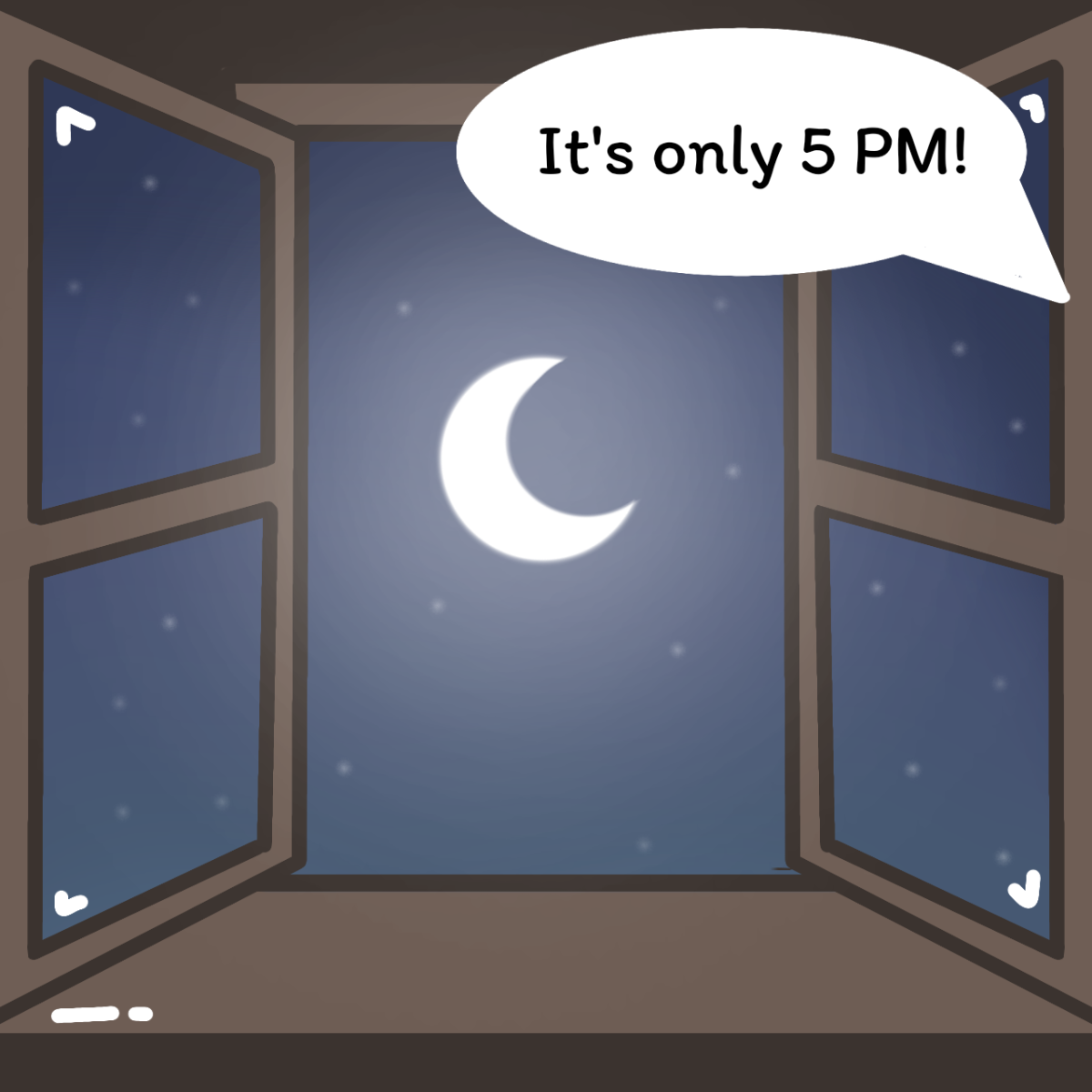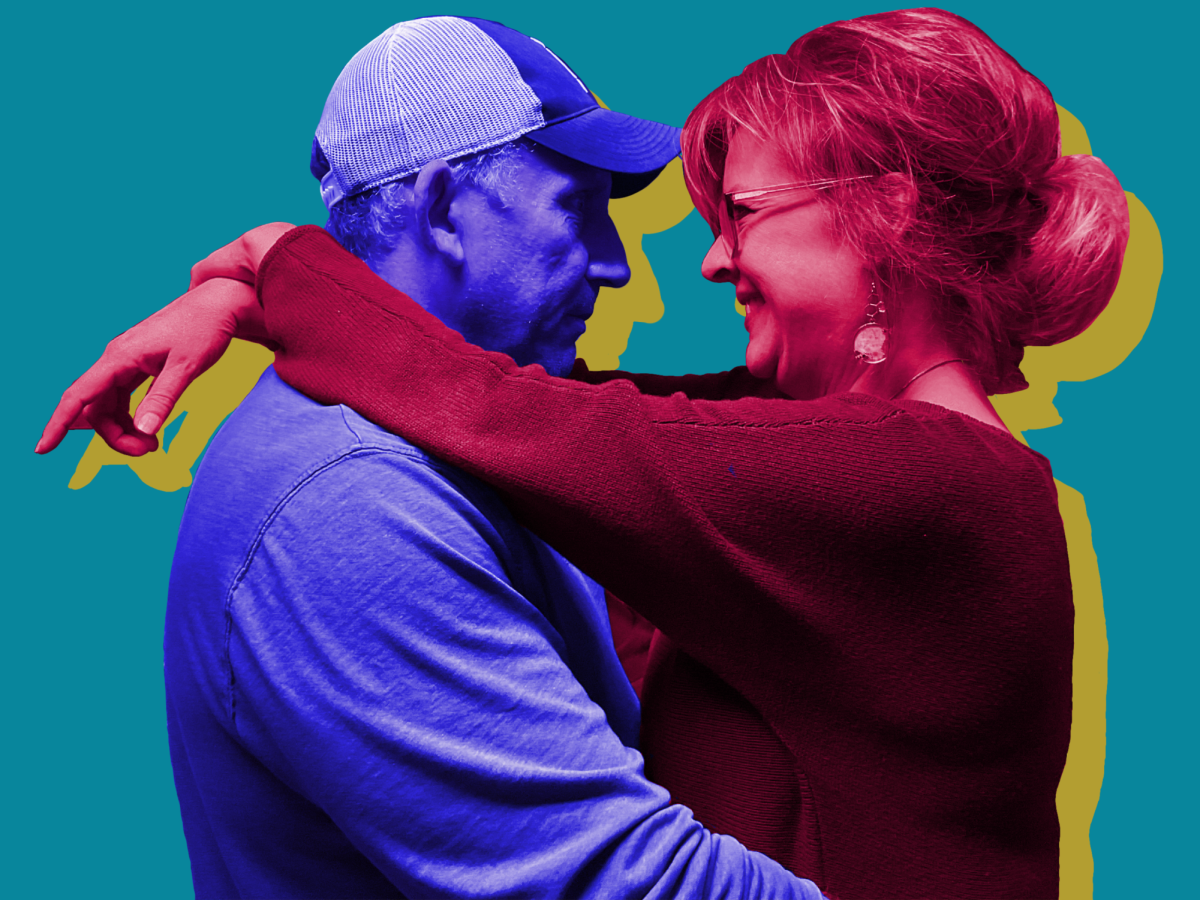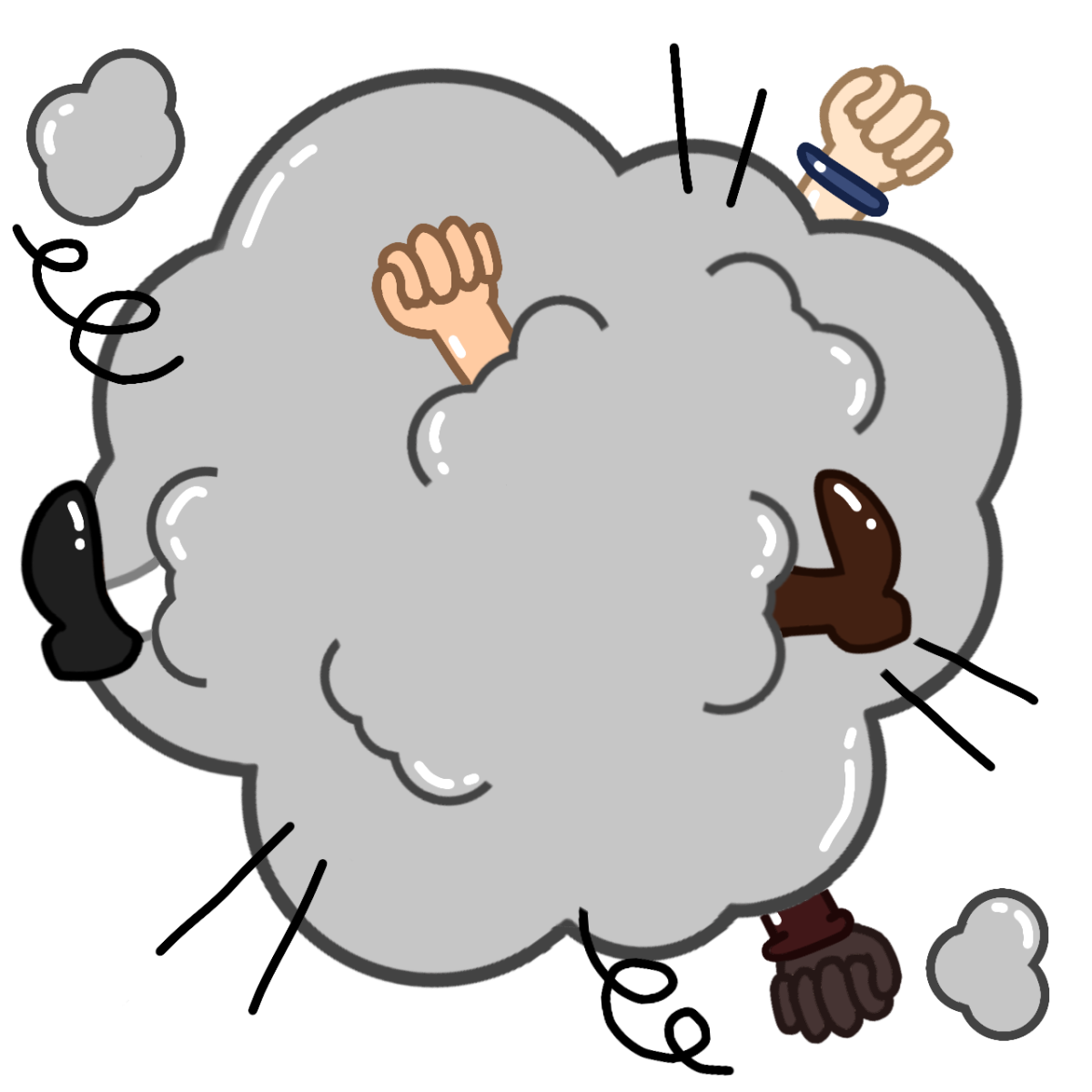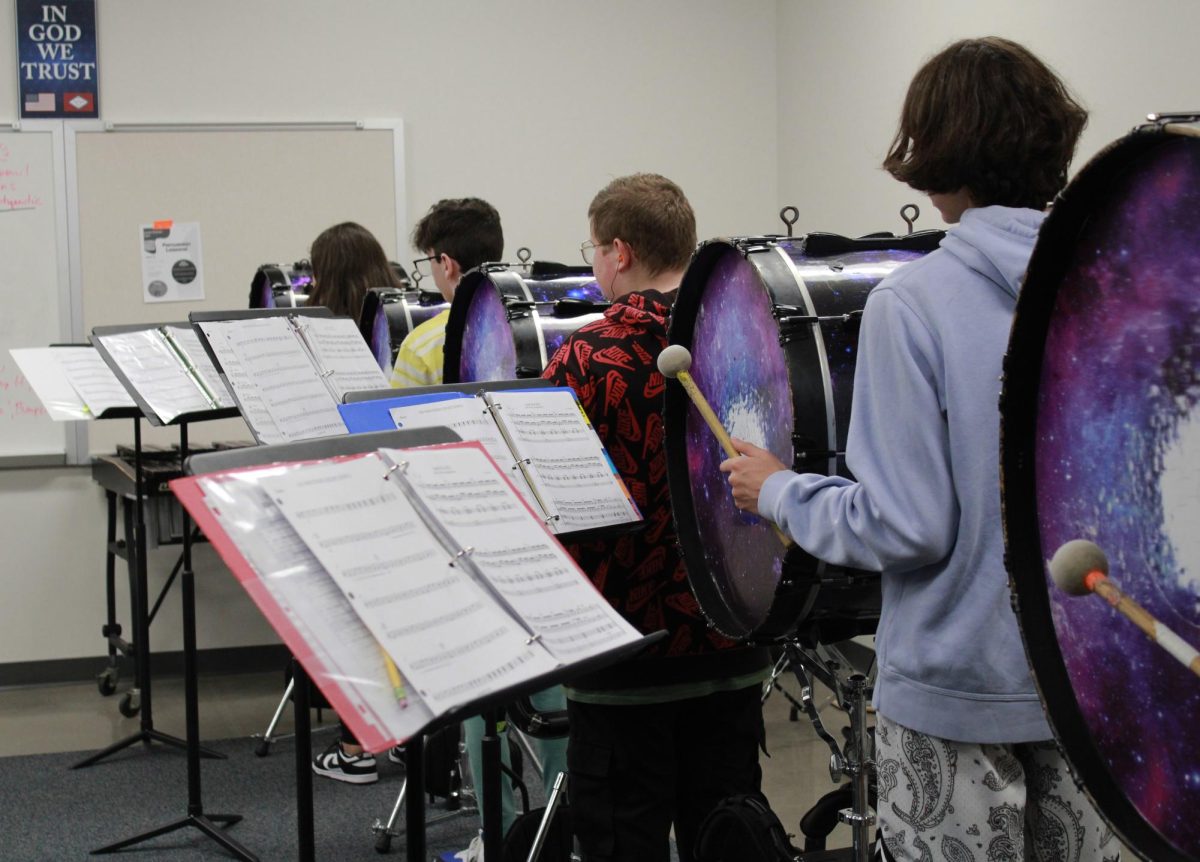Respiratory Syncytial Virus, or RSV, is a communal respiratory infection. Cases surge during the colder months, and statistics from the CDC show that as of January 11, 150,000 people had been hospitalized in the U.S.
“RSV can cause severe infection in some people, including babies 12 months and younger (infants), especially premature infants, older adults, people with heart and lung disease, or anyone with a weak immune system,” Mayo Clinic said.
In milder cases, the symptoms are extremely similar to a cold. One might have congestion, a minor fever, cough, sore throat, and a runny nose. In severe cases of RSV, symptoms include wheezing, difficulty breathing, a higher grade fever, and heavy coughing.
“Even cyanosis, it’s where your lips or fingernails can turn blue from not getting enough oxygen,” Dana Luper, respiratory therapist at UAMS.
Since the common cold and a mild case of RSV are much alike, if one starts to notice similar symptoms they should see a doctor just to make sure they didn’t catch RSV.
Some measures one could take to stay safe are washing your hands multiple times a day, covering your mouth when coughing or sneezing, not sharing drinks with people, and cleaning countertops, doorknobs, and handles.
“For the most part, you can stay home, wait it out. It will probably take five to seven days to pass. However, if you have any serious symptoms such as difficulty breathing, then you should immediately seek medical attention,” Luper said.
